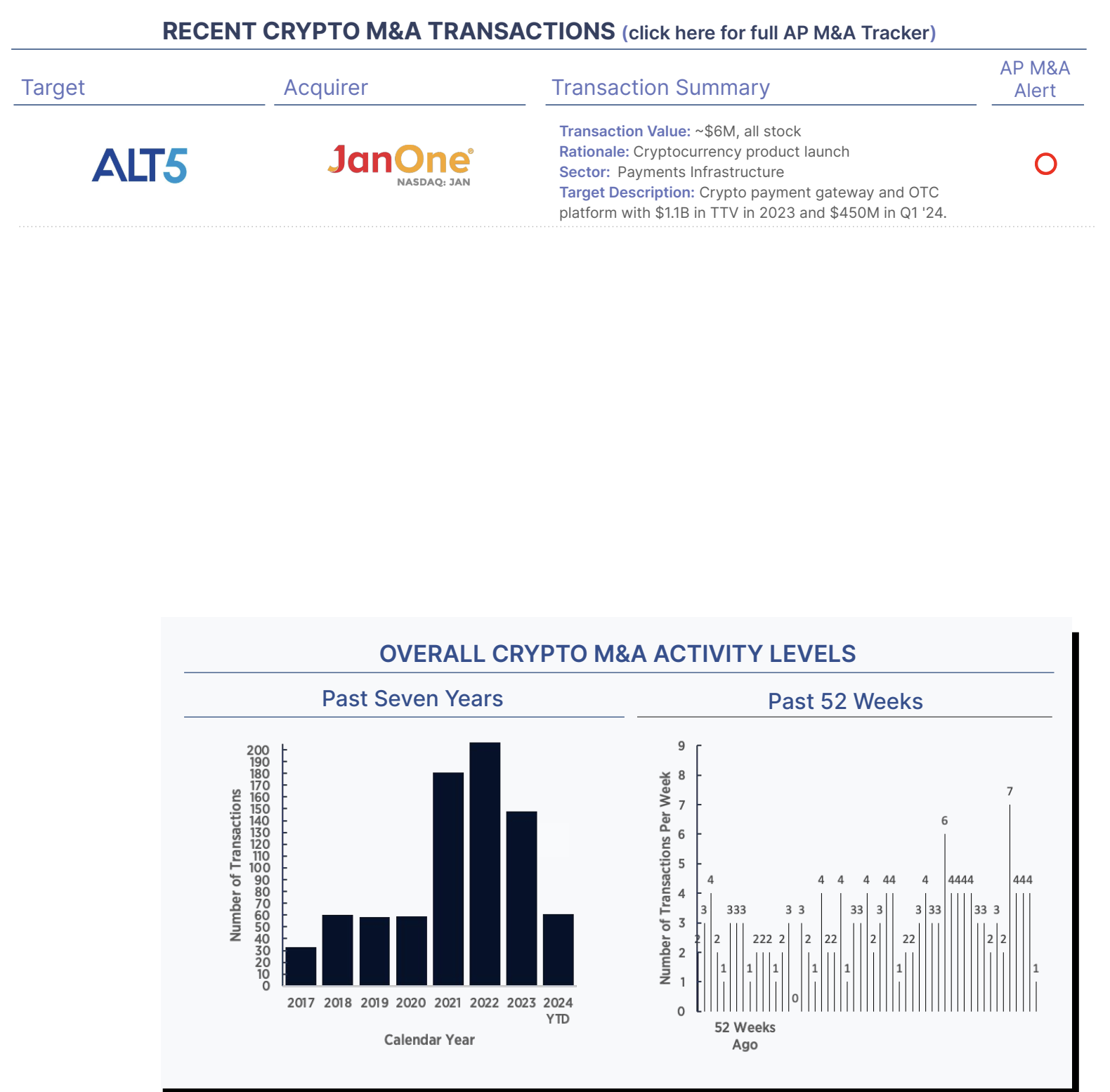As M&A practitioners, we always start with Strategic Rationale. Further, it’s the strategic rationale from the acquirer’s perspective, not the seller’s. Another simple way to state the same is, “why should the buyer care?”. Taking the perspective of the acquirer is job number one.
Each acquirer is highly unique, even when engaged in the same business as peers. For example, Coinbase and Kraken are both crypto asset brokers and exchanges, however, each has quite different current businesses and differing strategies to drive growth. Crafting the strategic rationale to support an acquisition must reflect the unique nature of each acquirer.
McKinsey has nicely highlighted the strategic rationale that drives most acquisitions in the “Six Types of Successful Acquisitions”. Their framework is a helpful tool, however, the following two themes most reflect the current state of the crypto and digital asset industry:
- Acquire complementary and strategically important new products or services. In emerging sectors like ours, these tend to be relatively early stage businesses with people, technology and products or services. An example is Coinbase acquiring FairX to enter the crypto derivatives market. Cisco, Apple, Facebook, Google, and many other technology businesses have executed this M&A strategy for decades
- Geographic expansion to enter or augment countries or regions with similar current products or services. This often includes complementary regulatory licenses to operate in the designated region such as Kraken’s acquisition of the Dutch-based and licensed, crypto brokerage BCM in October 2023.
This effort to identify and articulate the strategic rationale is simply the starting point. The next phase is arguably the most important, to build a Business Case. The business case converts the rather high level strategic rationale into specific and tangible impacts, both financial and operational. The business case is critical as one considers value. More on that in the future.
